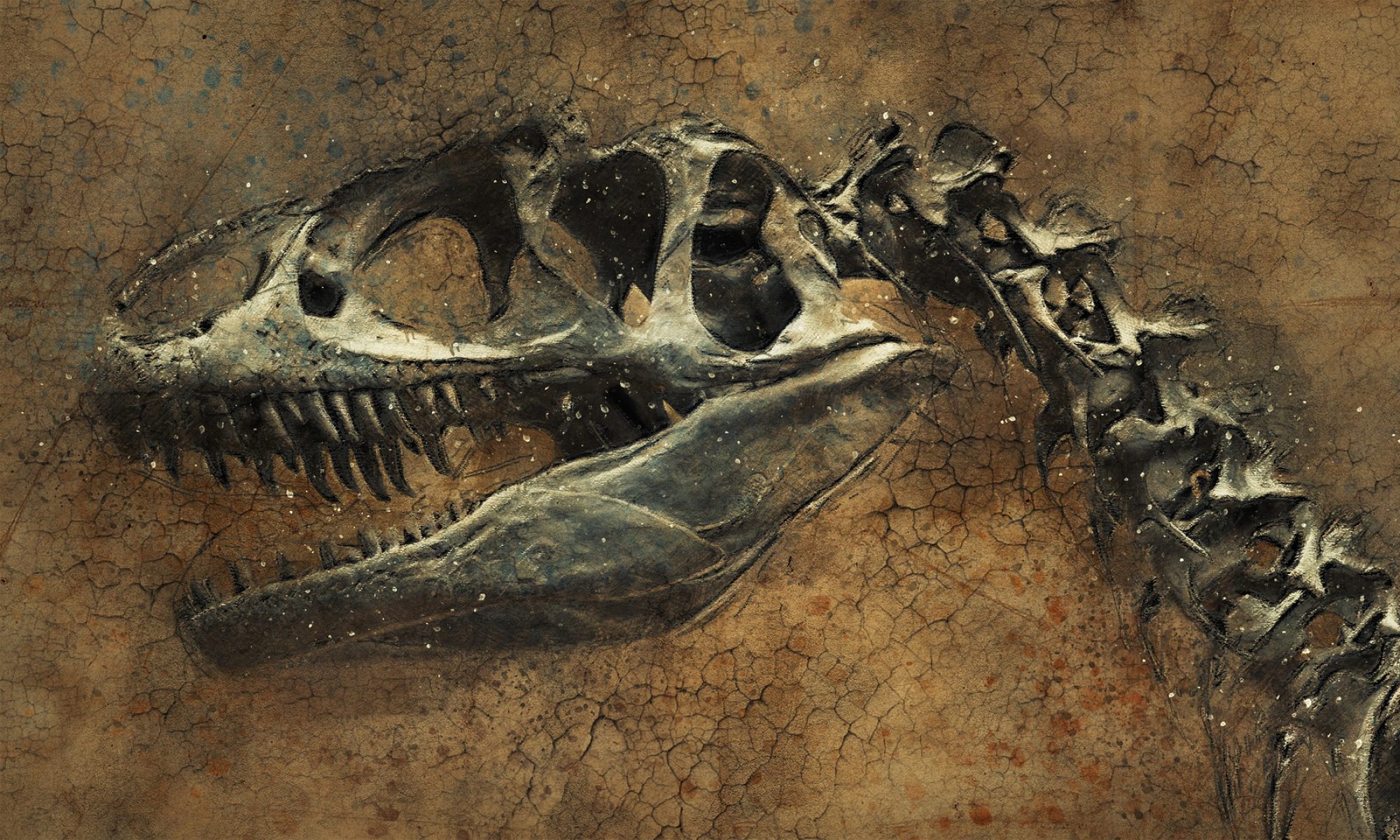
FIELD NOTES
Date: Cretaceous Period
Site: Western Interior Seaway
Subject: Giant Squid
Participants: C. Monroe
Millions of years ago, North America was split in two by a shallow sea known as the Western Interior Seaway. Throughout the Cretaceous Period, this sea was warm, nutrient-rich, and full of life. Sharks, fish, plesiosaurs, and ammonites shared the water with another, more mysterious creature: the giant squid.
Very little is known about the giant squid that lived in the Western Interior Seaway. Unlike fish and ammonites, squid do not have hard bones or shells that easily fossilize. This means that most of a squid’s bulk will rot away before any fossilization can occur. However, two squid body parts are tough enough to enter the fossil record. The first is the squid’s hard, birdlike beak. The second is a spoon-shaped structure known as the gladius, which helps support the mantle, or body, of the squid. Based on these two body parts, scientists have tried to figure out what an ancient squid would have been like.
Because paleontologists have very little evidence to work with, they don’t always agree with each other! Some scientists believe that the ancient squid known as Tusoteuthis might have been up to twenty-five feet long. Others think it was shorter and squatter, perhaps only about eleven feet long. Some paleoartists – artists who draw scenes from the Mesozoic Era – have created pictures that show giant squid fighting with other Cretaceous marine monsters, like mosasaurs. Others point out that there’s no evidence battles like that ever happened!
There is one thing all scientists do agree on: there were squid in the Western Interior Seaway, and they were large. As more fossils are found, who knows what new discoveries they might make?
Marginal comment: The only way to know for sure what the giant squid of the Cretaceous were like would be to go back and take a look at one…
Want to learn more? Check out these sources!
http://www.prehistoric-wildlife.com/species/t/tusoteuthis.html
https://www.wired.com/2012/08/giant-squid-vs-mosasaur/ (content warning: mild language)


